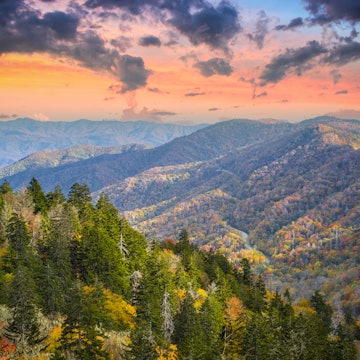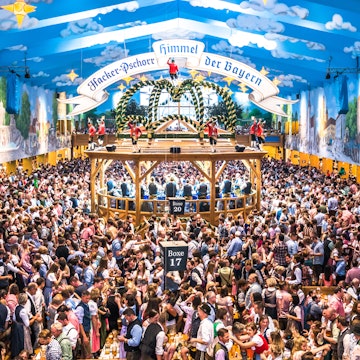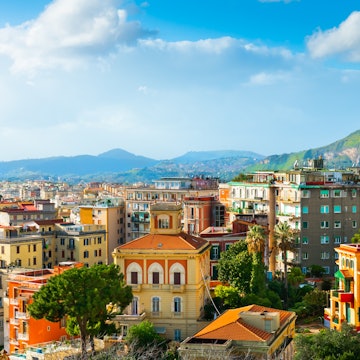

Whether we realise it or not, food is one of the key ways in which we experience a place when travelling. That secret locals' tapas bar you stumbled across down a backstreet; that briny-fresh seafood you saw hauled straight from the sea and onto the barbecue. Ingredients evoke landscapes, recipes recall history and certain dishes can unlock the very essence of a place and its people.
Lonely Planet’s Food Trails is a gastronomic guide to 52 of the best places to travel if you hunger for unforgettable eating experiences. Our authors have rustled up a feast of expert recommendations for globetrotting gourmets, covering everything from the finest of fine dining to the ultimate in street food.
We’ve picked out a few of the most flavoursome spots here to give you a taste of what’s cooking. Tuck in!

Buenos Aires, Argentina
Cattle-rearing gauchos and waves of European immigrants have shaped the culinary landscape of Argentina, and turned Buenos Aires into a world-class city for meat lovers. Today, the city’s cuisine is an eclectic mix of the traditions these European immigrants brought with them: Italian-style ice cream, empanadas from Spain, wine from vineyards planted by the French, and German-style sausages and cheeses. Beyond Argentina’s capital, generations of gauchos tend cattle on the pastures of the Pampas grasslands. The residents of Buenos Aires, known as porteños (people of the port), are certainly a carnivorous lot. The meat is grilled over an open flame on a parrilla, a heavy duty barbecue found in steak restaurants and in private homes, where families and friends gather for asados (barbecues).
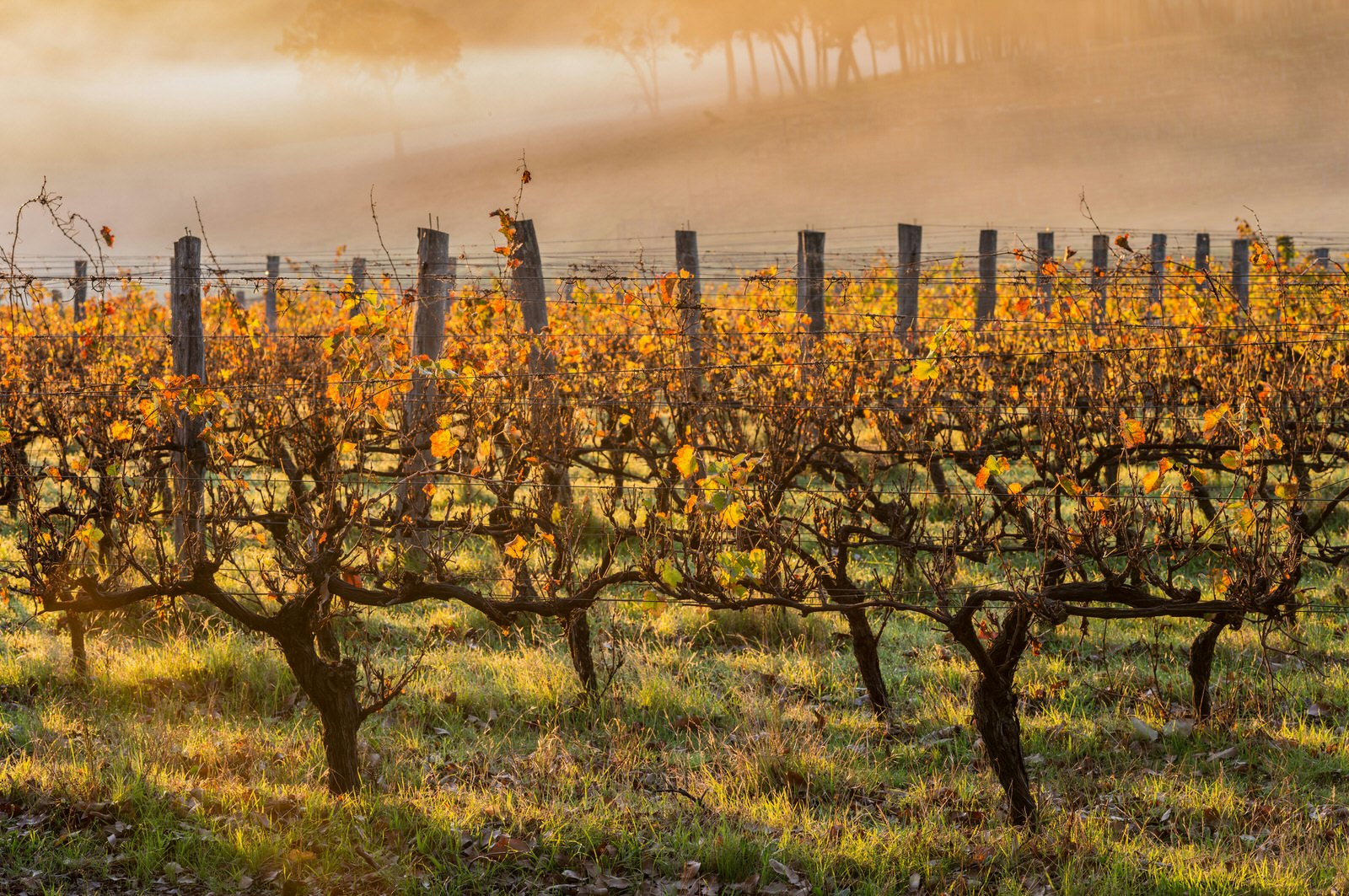
Margaret River, Australia
Heading south from Perth, this remote region of southwestern Australia is a surprising foodie destination, thanks to a dedicated community of chefs and producers. Towns and cities including Fremantle, Bunbury and Busselton hug the coast, local seafood is plentiful, and just a few hours from Perth the Margaret River wine region combines a rural ambience and spectacular beaches with a sophisticated food scene. Artisan food producers dot lanes fringed by grapevines, craft beer is emerging as an innovative challenger to Margaret River’s stellar wine scene, and chefs showcase meat, seafood and produce in vineyard restaurants and cafes. Blend in the culinary influences of immigration and close proximity to Southeast Asia, and the region’s food scene emerges as a vibrant and multicultural marvel.

Cape Town, South Africa
At the southern tip of Africa, Cape Town chefs have created a progressive food scene by revisiting ancestral traditions and respecting the cape’s rich natural resources. They have some incredible produce to work with: fresh fish and seafood such as crayfish, kingklip and the meaty snoek; cuts of game including springbok that are seasoned and tossed on African-style braais (barbecues) or dried into deliciously moreish biltong; and a cornucopia of fruit and vegetables ripened in the warm southern sun. Innovative cooks also tap into the foraging ways of the indigenous Khoe-San people to incorporate into their menus ingredients such as the leaves and flowers of fynbos, the unique range of plants that flourish in the Western Cape.

Hanoi, Vietnam
Hanoi’s importance on Vietnam’s culinary stage is unrivalled. Shaped by centuries of foreign domination, and often overlooked in favour of bigger, brasher Ho Chi Minh City, this compact, elegant capital is the birthplace of some signature national dishes that have become synonymous with Vietnamese food worldwide, such as pho and bun cha. From the conquering Mongols came beef; Chinese domination contributed cooking techniques such as stir-frying; the French brought baguettes, dill, coffee and wine. Chillies, flat noodles, and coconut milk crossed over from Cambodia, Laos and Thailand. Yet this melange of influences, notable for the abundant presence of fresh herbs, merged into a cuisine uniquely its own. At its heart, Hanoi is a city of gourmands and there’s no better place in Vietnam for street food.

Aarhus, Denmark
Long labouring in Copenhagen’s shadow, Viking-founded Aarhus on the Jutland peninsula is emerging as a European destination for hyper-local dining with flair. It’s an ideal place to investigate how and why Denmark has gone from dowdy dining destination to full-blown culinary darling in little over a decade. There is a strong focus on invention in the kitchen, supported by excellent local produce. Aarhus’ surrounds – the bay, the forests and the fields – provide a rich larder of ingredients, from excellent pork, beef, game, dairy and seafood to root vegetables, wild berries and herbs. Organic farmers and orchardists are supplying to an ever-increasing number of butchers, bakers, microbrewers and more.
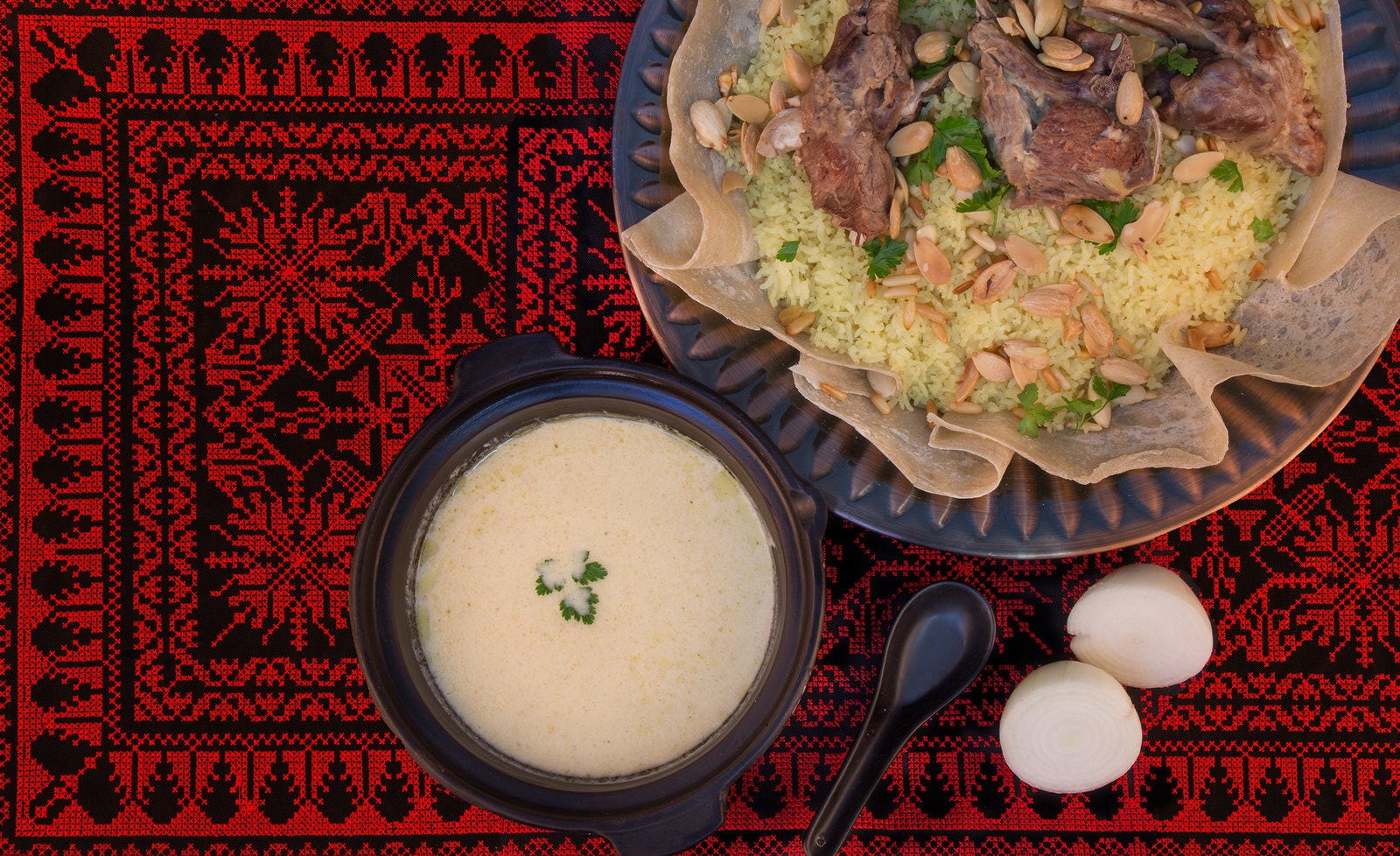
Jordan
A caravanserai of empires and civilisations has passed through Jordan, which sits at the heart of the Levant – a historical name for the Middle Eastern region that encompasses Jordan, Israel, Syria, Lebanon and the Palestinian territories. Nowhere is this mixed heritage more obvious than in the ancient recipes, ubiquitous spices and common ingredients of this corner of the world. Mediterranean-style salads, mixed grills and mezze are typical of Jordanian cuisine, infused with spices, zesty sumac and herby za’atar, and laced with Arabian dates, pine nuts, pistachios, chickpeas, bulgar wheat and tahini (a creamy sesame-seed paste). Lamb is highly prized for its richness, and you’ll rarely find a meal here that doesn’t end with a syrupy pastry or cake.
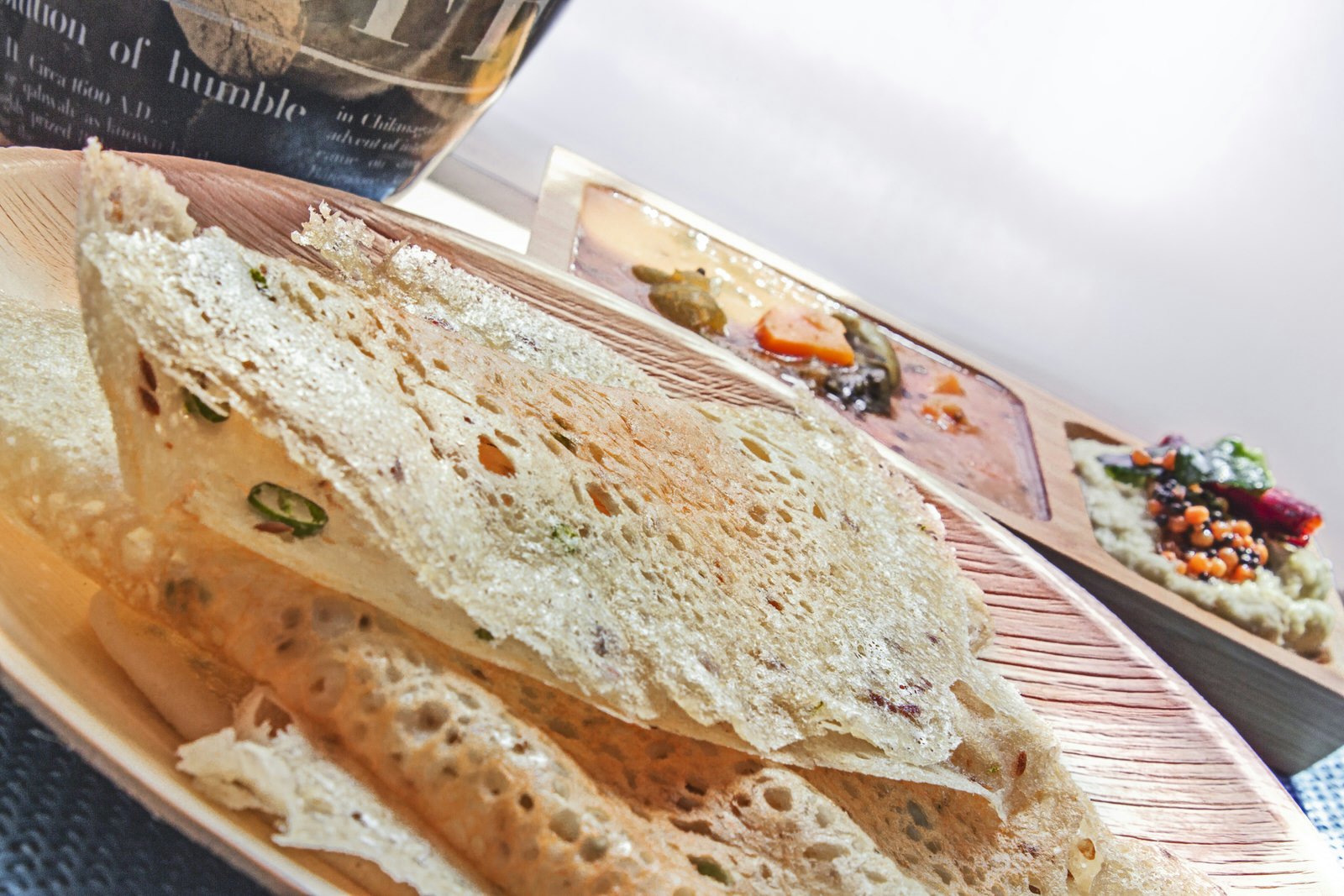
Chennai, India
India’s southern city of Chennai is dominated by a fiery cuisine that puts lentils, potatoes and tomatoes centre stage, challenging perceptions of humdrum vegetarian food. The foundation stone of South Indian cooking is the tamarind and lentil dipping sauce known as sambar, which is used to dunk everything from crispy dosas (rice flour pancakes) to vada (lentil-flour doughnuts), but chefs are ceaselessly inventive when it comes to finding ways to transform vegetarian staples into gastronomic sensations. Even hardened carnivores will be convinced after just a few mouthfuls. The word ‘curry’ was derived from the Tamil word kari, meaning spicy sauce, placing the birthplace of Indian cooking firmly in the cook pots of the steamy south.
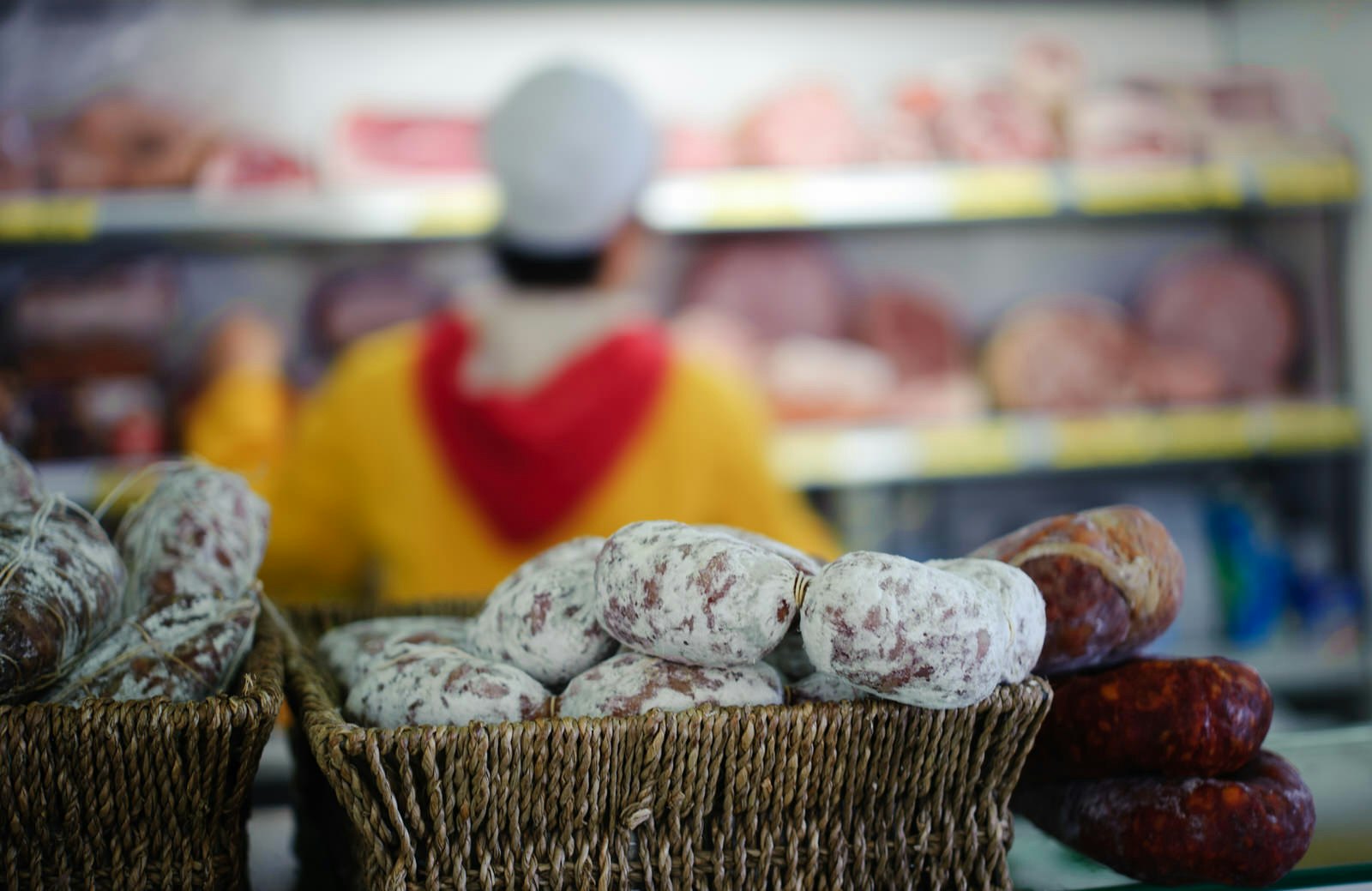
Piedmont, Italy
In a country blessed with world-famous cuisine and produce, Piedmont stands out as a gastronomic star. This northwest region is the birthplace of Slow Food – the movement to celebrate the pleasure and taste of food over speed and convenience. Often touted as ‘Tuscany without tourists’, gourmands in the know head to Piedmont in droves to sample its beloved regional specialities and produce, which include risotto alla piemontese (risotto with butter and cheese), tajarin (a thin tagliatelle pasta), vitello tonnato (veal with tuna sauce), delectable soft Tomino goats’ milk cheese, rare white truffles, Arborio rice, smooth hazelnuts and velvety gelato. Add to this two of the world’s most revered wine-producing regions – Barolo and Barbaresco – and it’s easy to see why Piedmont is one of the most exciting culinary scenes in Italy today.

Maine, USA
The southern shore of Maine wears its maritime heart on its windblown sleeve. Fog-draped lighthouses dot the coast. Fishing boats cruise island-speckled bays. And lobster pounds and clam shacks jostle for attention along the US 1 highway. In this area of the USA you’ll find that fish, oysters and clams are often fried, arriving with a side of French fries, coleslaw and tartar sauce. Lobsters are steamed or broiled. Every self-respecting coastal town from Kittery north to Calais has a scruffy lobster shack not far from the local dock – they’re great places to slurp thick seafood chowders. For road trippers, travel in Maine is best enjoyed from late May through to October.
Find out where your taste buds could lead you, whether it’s farm-to-table fare in Tasmania or the sizzling soul food of São Paulo, with Lonely Planet's Food Trails.





